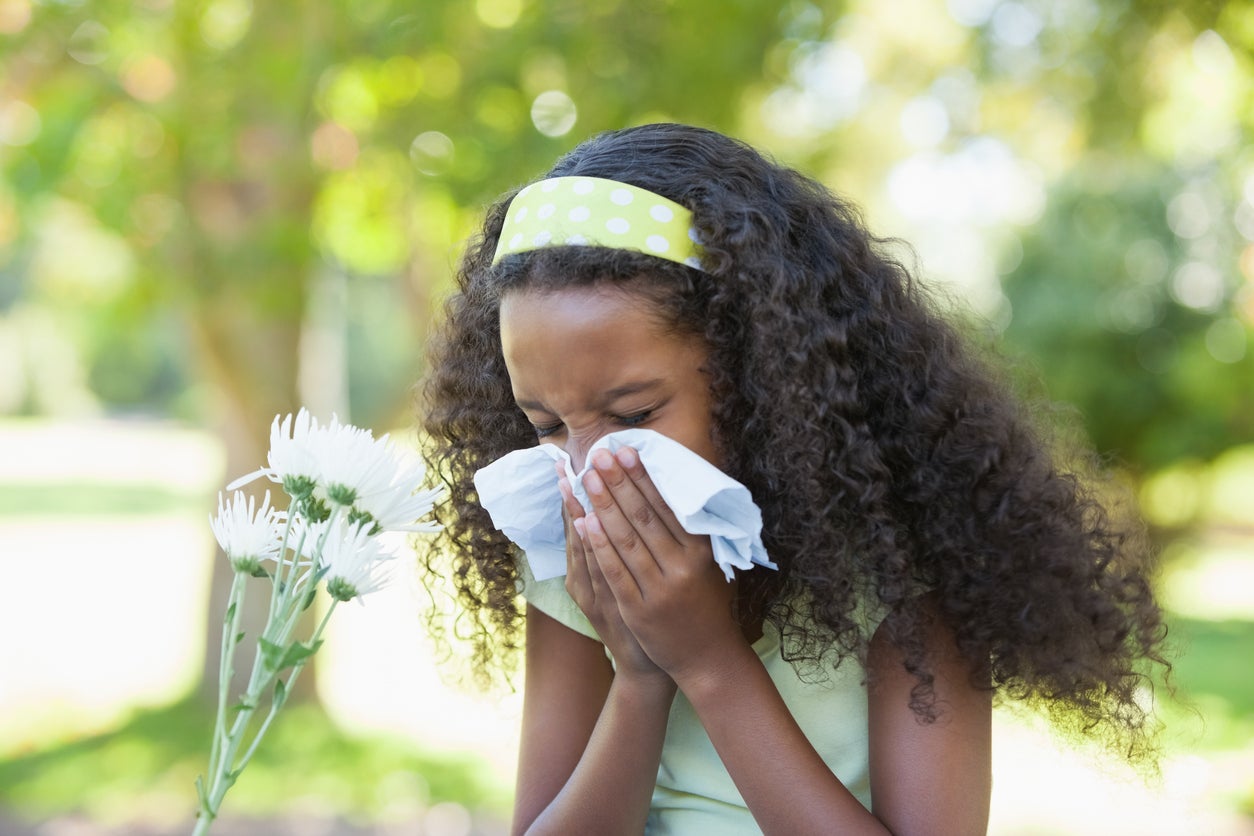Springtime Plant Allergens: Plants That Cause Allergies In Spring


After a long winter, gardeners cannot wait to get back into their gardens in spring. However, if you’re an allergy sufferer, like 1 in 6 Americans unfortunately are, the itchy, watery eyes, mental fogginess, sneezes, nasal and throat irritation can quickly take the joy out of spring gardening. It is easy to see the showy flowers of spring, such as lilacs or cherry blossoms, and blame your allergy misery on them, but they are not likely the real culprits. Continue reading to learn about plants that cause allergies in spring.
About Spring Allergy Flowers
Severe allergy sufferers may be afraid to have landscapes and gardens full of flowering plants. They avoid showy ornamentals like roses, daisies, or crabapples, thinking that with all the bees and butterflies these flowers attract, they must be loaded with allergy triggering pollen. In truth, however, bright, showy blooms that are pollinated by insects usually have larger, heavier pollen not easily carried on a breeze. It’s actually blooms which are wind pollinated that allergy sufferers need to worry about. These flowers are usually small and inconspicuous. You may not even notice these plants blooming, yet the massive amounts of tiny pollen grains they release into the air can shut down your whole life. Springtime plant allergens usually come from trees and shrubs with small and easily overlooked blooms that are wind pollinated. Tree pollen counts tend to peak in April. The warm breezes of spring are ideal for windborne pollen, but on cooler spring days, allergy sufferers may get some relief from symptoms. Heavy spring rains can also reduce pollen counts. Springtime plant allergens also tend to be more of a problem in the afternoon than in the morning. There are several apps or websites, such as the Weather Channel App, the American Lung Association website, and the American Academy of Allergy, Asthma & Immunology website, that you can check daily for pollen levels in your location.
Common Plants That Trigger Spring Allergies
As stated previously, the common plants that cause allergies in spring are mostly trees and shrubs that we don’t usually even notice are blooming. Below are the most common spring allergy plants, so if you’re looking to create an allergy-friendly garden, you may want to avoid these:
- Maple
- Willow
- Poplar
- Elm
- Birch
- Mulberry
- Ash
- Hickory
- Oak
- Walnut
- Pine
- Cedar
- Alder
- Boxelder
- Olive
- Palm trees
- Pecan
- Juniper
- Cypress
- Privet
Gardening tips, videos, info and more delivered right to your inbox!
Sign up for the Gardening Know How newsletter today and receive a free copy of our e-book "How to Grow Delicious Tomatoes".